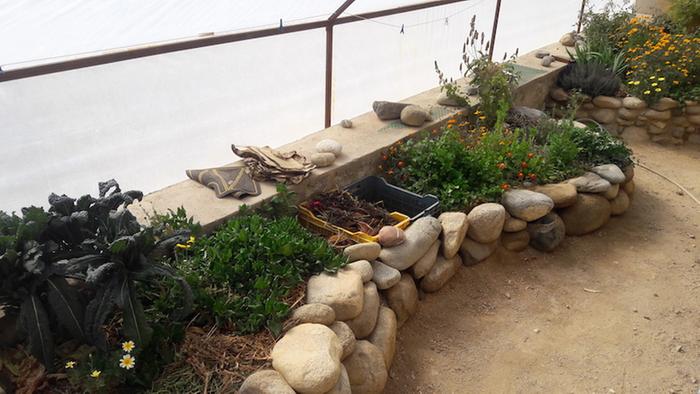




“We can complain because rose bushes have thorns, or rejoice because thorn bushes have roses.” — Abraham Lincoln
 3
3




 8
8





 8
8





Works at a residential alternative high school in the Himalayas SECMOL.org . "Back home" is Cape Cod, E Coast USA.
 5
5




A human being should be able to change a diaper, plan an invasion, butcher a hog, conn a ship, design a building, write a sonnet, balance accounts, build a wall, set a bone, comfort the dying, take orders, give orders, cooperate, act alone, solve equations, analyze a new problem, pitch manure, program a computer, cook a tasty meal, fight efficiently, die gallantly. Specialization is for insects.
-Robert A. Heinlein




“We can complain because rose bushes have thorns, or rejoice because thorn bushes have roses.” — Abraham Lincoln
 4
4




“We can complain because rose bushes have thorns, or rejoice because thorn bushes have roses.” — Abraham Lincoln
 1
1




~ Permaculture is enriching...Farming... is just scratching the surface ~
 2
2




![Filename: BAK2.jpg
Description: [Thumbnail for BAK2.jpg]](/t/127689/a/93750/BAK2.jpg)
Creating edible biodiversity and embracing everlasting abundance.




Hilary Lonsdale wrote:Size - of your worm bin - matters, alongside the outdoor temps. We have compost worms overwintering happily in a compost 'dalek' that's about 2 foot in diameter, with freezing temps in winter (down to - 12C on occasion). The worms hang out nearer the middle of the heap when it's cold. Here's hoping your critters thrive!
 1
1




 1
1





 1
1




“We can complain because rose bushes have thorns, or rejoice because thorn bushes have roses.” — Abraham Lincoln
 1
1




“We can complain because rose bushes have thorns, or rejoice because thorn bushes have roses.” — Abraham Lincoln
 1
1




 3
3





|
"Don't believe every tiny ad you see on the internet. But this one is rock solid." - George Washington
The new kickstarter is now live!
https://www.kickstarter.com/projects/paulwheaton/garden-cards
|





